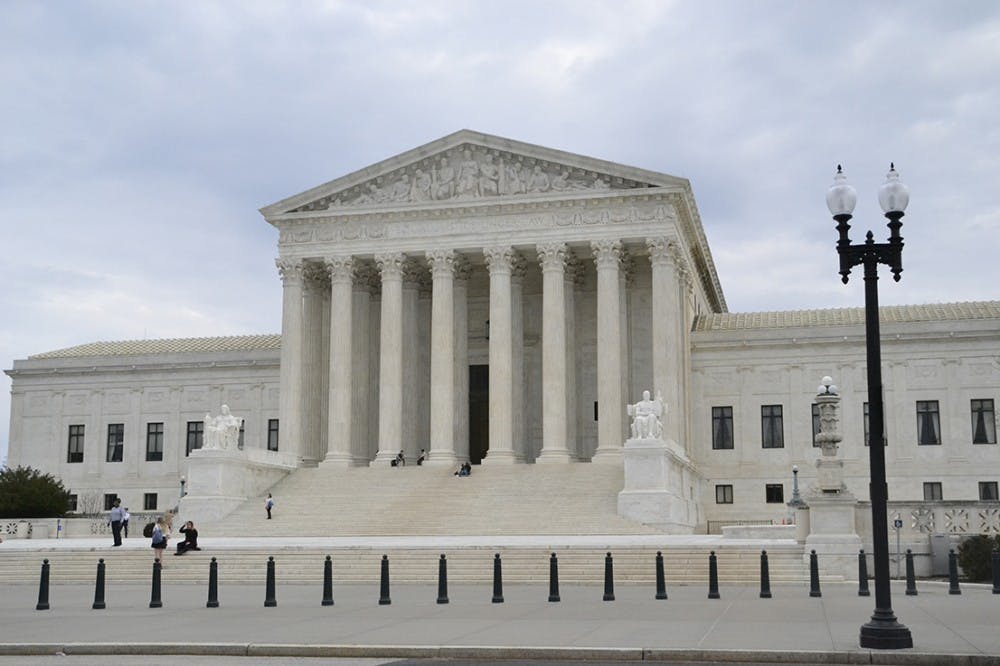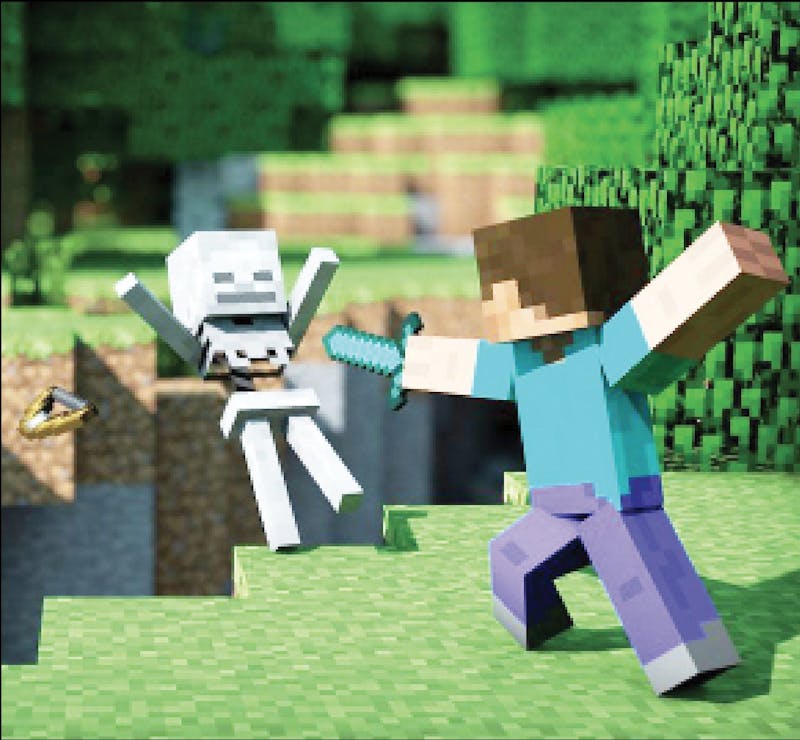The Supreme Court’s term began just a few weeks ago. In the spotlight since has been the case of Gill v. Whitford, which stands to have a profound impact on the future of partisan gerrymandering.
Gerrymandering is an age-old practice where politicians redraw legislative districts in order to give themselves and their party an advantage at the polls. In some cases, the majority party has exclusive control over the process of redistricting. The Supreme Court’s decision to either strike down or uphold the legislative maps of Wisconsin in Gill v. Whitford will determine whether partisan gerrymandering can be so extreme in some cases that it is unconstitutional.
In the case of Wisconsin, the Republican party produced districts that allowed it to win a supermajority even though it lost the popular vote in 2012, according to The Washington Post, which also noted two subsequent elections that narrowly went to Republicans. The redistricting plan in question also showed that Republicans could keep the majority of seats with less than 50 percent of the statewide vote, but Democrats would need more than 53 percent to win the majority. In Pennsylvania, one need only look at the seventh congressional district to see its effects here at home.

The Supreme Court begins its sessions on the first Monday in October.
The term ‘gerrymander’ dates back to 1812, referencing one of then-Massachusetts Gov. Elbridge Gerry’s redrawn districts, which resembled a salamander, according to The Atlantic. The practice itself dates back even further in our country’s history.
Some have used this as justification for keeping the practice the way it is. After all, if this is the way it has always been, why change it now? Well, though gerrymandering is by no means a new phenomenon, what is new are the tools used to draw these maps. Computer modeling has made the process of gerrymandering all the more easy, and has made its predicted effects all the more precise.
Experts like Eric McGhee, a political scientist whose research on gerrymandering has been used in Gill v. Whitford, says gerrymandering’s effects have been felt more heavily as of late than in years previous and that this stands to get worse. If the Supreme Court does not strike down the heavily biased maps in Wisconsin, it will ultimately sign off on this increasingly effective and complex practice. That stands to open the floodgates for extremely biased redistricting plans following the census in 2020.
Gerrymandering is antithetical to democracy. It dilutes the voting power of the individual and discourages participation. Why would I want to vote when I know my vote has been predestined to be less powerful? It also discourages compromise from those in the majority party, as having the cards stacked in your favor for reelection means there is less need for making political allies. It favors hardline politics.
Many states already use independent commissions to remove redistricting from politics. The Supreme Court must send a message to those who would keep redistricting partisan, and have them be wary to push the envelope. Also, right-leaning justices on the Supreme Court must not ignore the effect gerrymandering has on our democracy in favor of siding with Republicans.



The Slate welcomes thoughtful discussion on all of our stories, but please keep comments civil and on-topic. Read our full guidelines here.